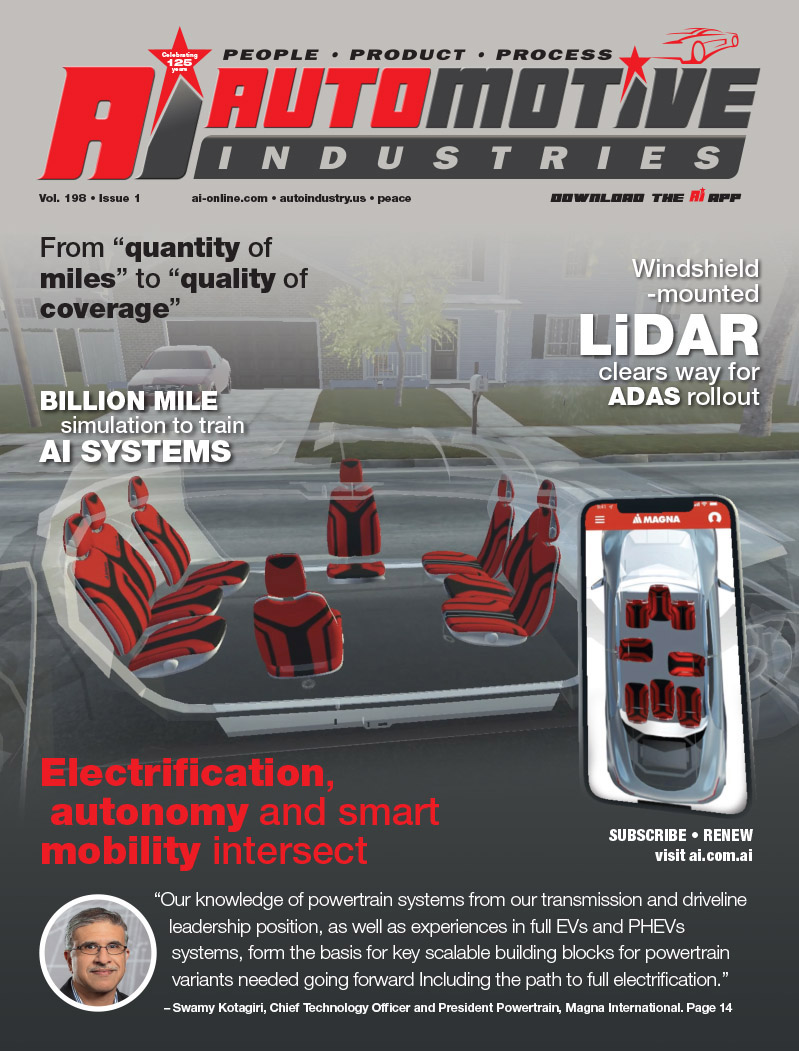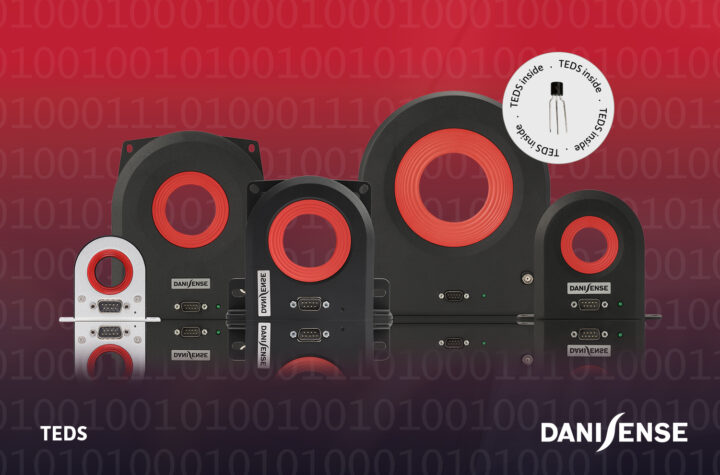
At the International Congress “Electronic Systems for Vehicles“, hosted by the Association of German Engineers (VDI), AUTOSAR Spokesperson Simon Fürst summed up the improvements of AUTOSAR Phase II (2007-2009) and gave an outlook regarding further developments in Phase III (2010-2012). Since 2007 AUTOSAR has made Releases 3.0 and 3.1 available, which introduced dedicated additions and helped to mature previous specifications. Phase II of the development partnership will soon be finalised by Release 4.0, following by the end of 2009. The 14th International VDI Congress was held on October 07 and 08, 2009 in Baden-Baden, Germany.
The next big step – Release 4.0 – will particularly improve methodology and templates and mark the transition from Phase II to Phase III. The harmonisation of ECU configuration parameters, the enhancements on measurements and calibration, the rework of the ECU Resource Template and the further alignment with the Field Bus Exchange Format (FIBEX) standard play a key role regarding the improvements. Release 4.0 will contain a large set of application interfaces standardised by AUTOSAR for all five vehicle domains: Body and Comfort, Powertrain, Chassis, Occupant and Pedestrian Safety as well as Human Machine Interface (HMI), Telematics and Multimedia. For the new standard AUTOSAR additionally chose the approach to validate it before its release: As Release 4.0 is a partial extension of the existing architecture the results of the validation will already be incorporated. For the first time the development partnership will also realise the validation of Methodology and Templates, ensuring a high quality. The validation of Methodology is based on the new release, whereas the validation of Templates is partly based on Release 3.0 due to tool availability.
“Release 4.0 will contain a remarkable number of new and even unique features,” AUTOSAR Spokesperson Simon Fürst explains. “While the existing releases will be maintained during AUTOSAR Phase III development will continue.” The new concepts to be introduced with Release 4.0 are adding improvements and extensions, e.g. supporting functional safety or variant handling.
Aiming for Release 5.0
The AUTOSAR Core Partners have already set up a new contract for AUTOSAR Phase III lasting from the beginning of 2010 to the end of 2012. A major focus will be on maintenance, selective additions to the standard, increasing maturity, supporting new hardware mechanisms and further enhancing the existing AUTOSAR system. Consequently, AUTOSAR Phase III will centre on consecutive extensions of Release 4.0 that will lead to a Release 5.0. All Core Partners and Premium/Development Members are invited to identify and propose concepts, which should form the set of specific additions. The approved concepts will jointly be worked out in 2010. The additions will be specified in such a way that it is possible to ensure backward compatibility, wherever feasible, and/or to make reliable compatibility statements. In general, the additions are intended to support new technologies and trends, and extend existing functions.
Flexible work package structure
In addition to improvements regarding the standard there will also be changes in the organisation of AUTOSAR. The Phase III structure will implement specific work packages taking care of the architecture and system views of the AUTOSAR architecture, the so-called Technical Expert Groups. Additionally, work packages that are responsible for developing and maintaining the specific module specifications are going to be established. Their structure is depending on the project scope and it can flexibly be adapted. “The division into fixed Technical Expert Groups and flexible work package structure enables AUTOSAR to breath and will make the organisation even more prepared for upcoming needs,” Simon Fürst states.
AUTOSAR (AUTomotive Open System ARchitecture) is a worldwide development partnership of car manufacturers, suppliers and other companies from the electronics, semiconductor and software industry. Since 2003 they have been working on the development and introduction of an open, standardized software architecture for the automotive industry. By simplifying the exchange and update options for software and hardware with the AUTOSAR approach, it forms the basis for reliably controlling the growing complexity of the electrical and electronic systems in motor vehicles. AUTOSAR also improves cost efficiency without compromising quality. The “core partners” of AUTOSAR are the BMW Group, Bosch, Continental, Daimler, Ford, Opel, PSA Peugeot Citroën, Toyota and Volkswagen. In addition to these companies, more than 65 “premium” and “development members” as well as over 85 “associate members” play an important role in the success of the partnership. Companies which join the AUTOSAR development partnership can use the specifications free of charge.










More Stories
Sensor Fusion and the Next Generation of Autonomous Driving Systems
Automotive Industries (AI) Newsletter April 2025
New NXP S32K5 family of MCUs speeds up transition to software defined vehicles